Islamic state conflict: The spiral of violence
- Published

Islamic state militants and affiliate groups are known to be responsible for at least 546 people in terror attacks
When 130 people were killed by Islamist militants on the streets of Paris, the outpouring of sympathy and support was resounding.
But as global landmarks and Facebook feeds turned into a bunting of Tricolores, some were left asking; what about the more than 60 people who perished in suicide attacks in Beirut and Baghdad just days before? What about the people of Syria, for whom the threat of death by bullet or blast, rebels or regime is part of everyday life?
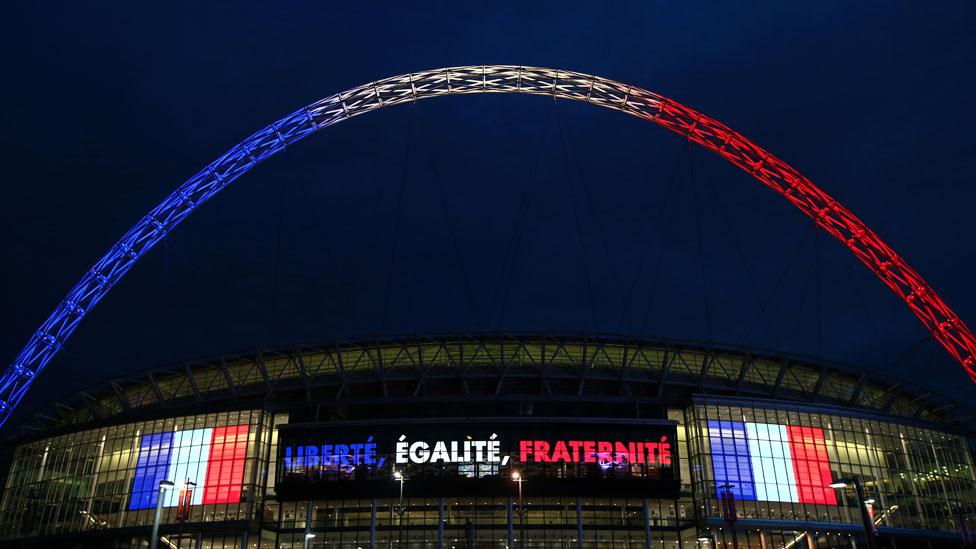
Wembley football stadium showed its solidarity with the victims of the Paris attacks
The Paris attack was shocking and devastating. At the same time, it was a single event in an ongoing conflict which has become centred on Syria and Iraq but is being waged across the globe.
Counting the cost
BBC Monitoring has used world media reporting on deaths involving at least one identifiable jihadist group to build a sense of the toll that conflict with Sunni Islamist extremists is taking. Our analysis considered events between the downing of the Russian airliner over Sinai on 31 October and the attack on the Radisson hotel in Bamako, Mali on 22 November.
As well as jihadist attacks, we also looked at reported casualties from operations carried out against such groups.
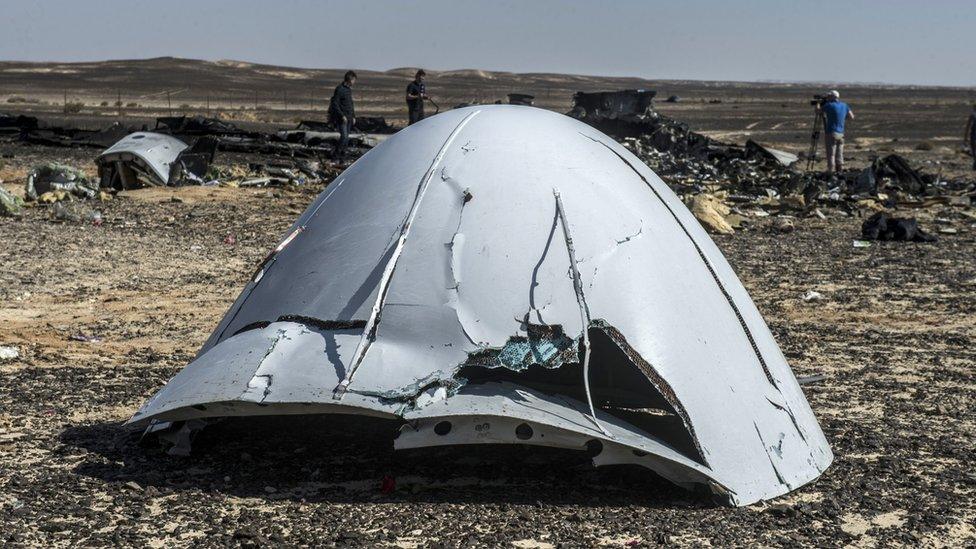
Debris of the A321 Russian airliner which crashed in the Sinai Peninsula, Egypt
Obtaining reliable casualty figures from conflict zones in is near impossible, as is determining the groups responsible for every attack. But BBC Monitoring's access to a broad range of global media sources allows us to get a sense of the scale of the bloodshed. The figures we quote do not represent a comprehensive account of the human cost of this conflict, but are intended to help place the Paris attacks into a global context.
Terror attacks
During the period, 707 deaths from identifiable attacks by jihadists were recorded, external.
Suicide or car bombings in Baghdad are an almost daily occurrence. The data show 59 recorded deaths from these incidents, 26 of which occurred on the same day as the Paris attacks.

From Sinai to Bamako
At least 707 people killed in jihadist attacks
546 people killed by Islamic state and affiliates
Boko Haram staged eight attacks in three countries, killing 75
Somalia's Al-Shaba killed at least 90 people

At least 546 deaths were directly attributable to attacks by IS and its affiliates, including Nigeria's Boko Haram and Wilayat Sina, who claimed responsibility for the Russian plane bombing. The actual figure is likely to be considerably higher, given the paucity of reliable reporting from areas under IS control, and a large number of attacks which are suspected, but not verifiably attributable to the group.
The Nigerian IS-affiliate known as Boko Haram, which last year killed more people than its parent outfit in Syria, staged at least eight attacks in Nigeria, Cameroon and Chad, killing more than 75 people, mostly civilians.

Boko Haram attacks are often conducted by female suicide bombers
Attacks attributed to al-Qaeda and its affiliates accounted for at least 135 deaths in Africa, Asia and the Middle East, including the Bamako hotel siege.
Al-Shabab were the most prolific al-Qaeda affiliate, carrying out at least 17 attacks and killing more than 90 people, including civilians, soldiers and government officials. Several members lost their lives as a result of an internal dispute over whether the group should switch allegiance to Islamic State.
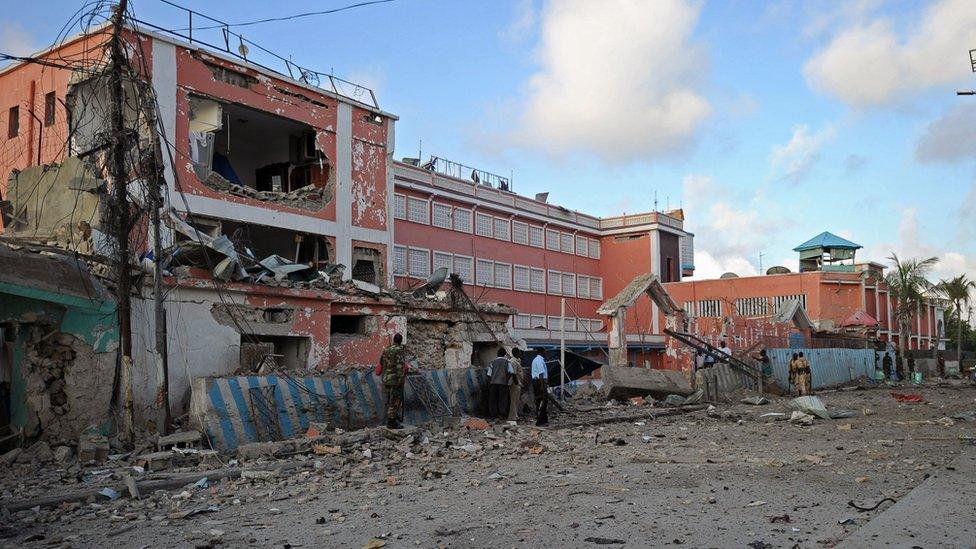
The Sahafi Hotel in Mogadishu was attacked by Al-Shabab in November
Military operations
France's response to the Paris attacks was to intensify operations against IS targets. This was in addition to air strikes being carried out by a US-led coalition and Russia, and ground operations conducted by forces in Iraq and Syria. Military operations are also being conducted against Boko Haram in West Africa and the Taliban in South Asia.
Our research shows that well more than 1,000 jihadists were killed during the period, but additional data indicate more than 80 civilian deaths in such operations, although this is difficult to verify. The Syrian Observatory for Human Rights says 400 civilians were killed by Russian strikes alone between September and November, external.
One year on
Last year, BBC Monitoring, World Service and Kings College London collaborated on a project to count the number of deaths resulting from jihadist attacks over a 30-day period.
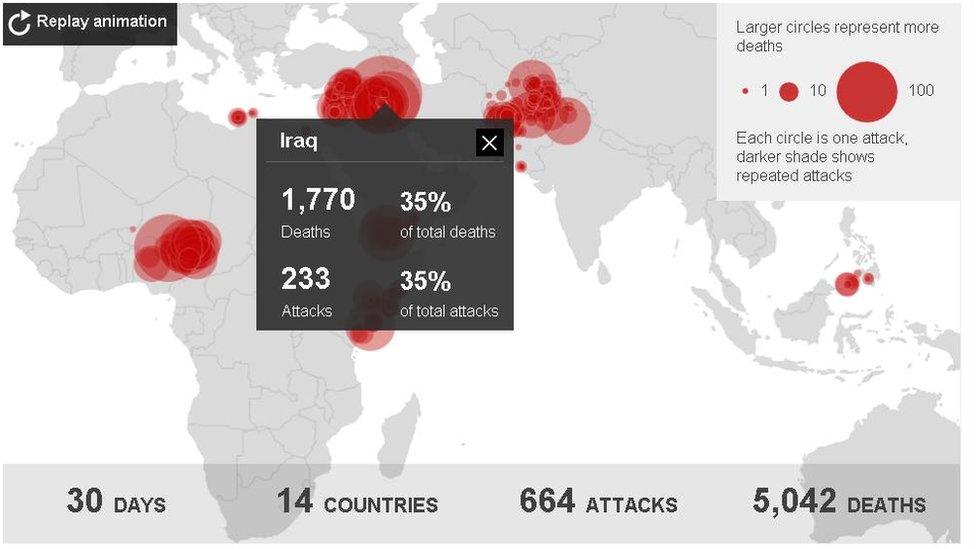
Tracking a month of deadly attacks in November 2014
The data showed that the perceived decline of jihadist violence in the wake of Osama Bin-Laden's death was an illusion. In fact, the threat had increased, as exemplified by the spectacular rise of IS.
A total of 664 jihadist attacks and 5,042 deaths were recorded for the month of November 2014. This year's snapshot suggests that the phenomenon still shows no sign of abating. Iraq, Syria, Nigeria and Afghanistan remain the most dangerous countries, but their neighbours are also now increasingly at risk.
Muslims remain by far the biggest victims of terrorist attacks.
And the high profile attacks on Paris and the Russian airliner show that citizens of nations involved in operations against jihadist groups continue to be targeted.
BBC Monitoring reports and analyses news from TV, radio, web and print media around the world. You can follow BBC Monitoring on Twitter , externaland Facebook, external.
- Published26 November 2015
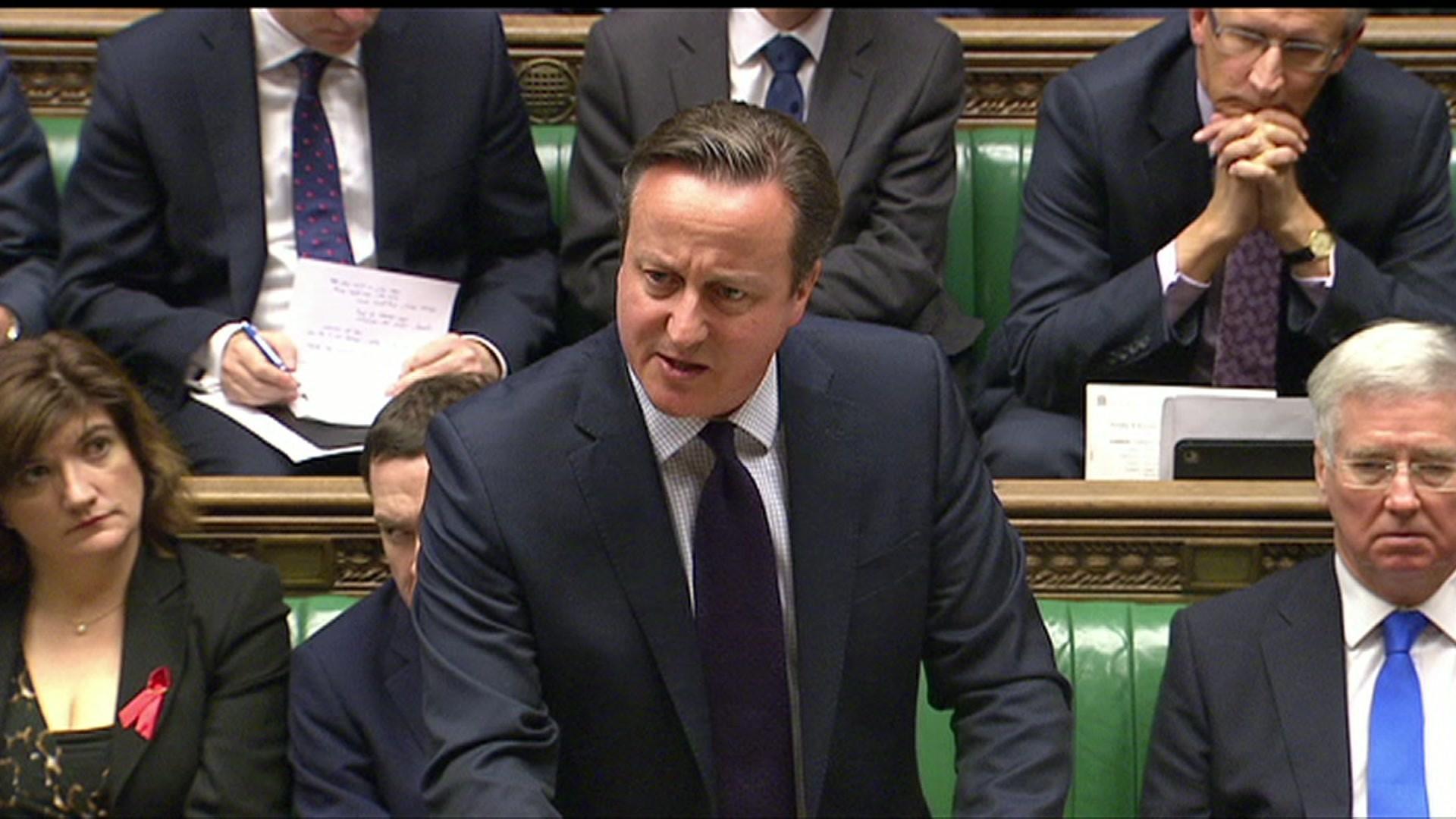
- Published26 November 2015
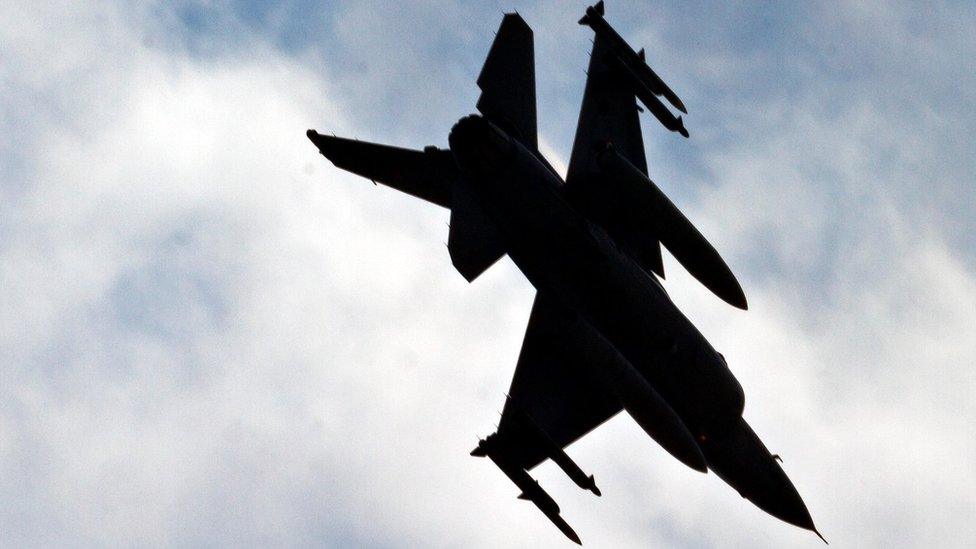
- Published26 November 2015
